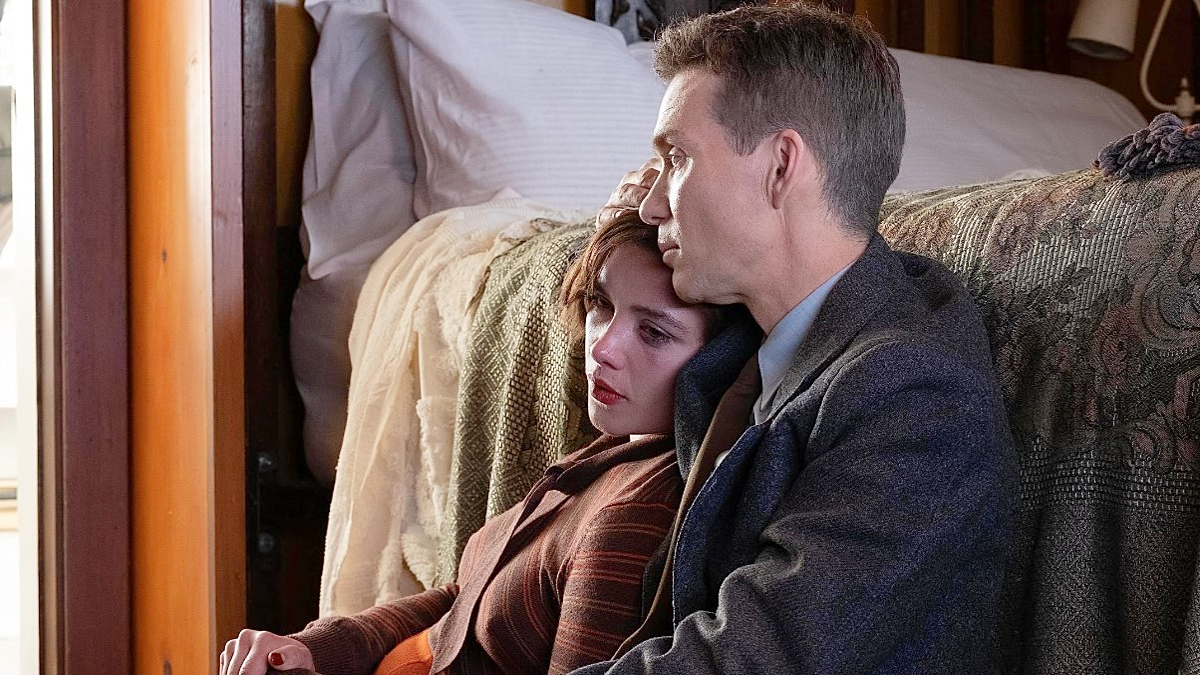
Advertisement
The release of Oppenheimer in cinemas stirred considerable buzz, despite facing tough competition from Barbie at the box office. Christopher Nolan’s distinctive narrative style and profound storytelling in this biographical film managed to captivate audiences, offering an unconventional take on J. Robert Oppenheimer’s life and the intricacies surrounding the creation of the atomic bomb.
However, for those more interested in the scandalous aspects of Oppenheimer’s life rather than his scientific endeavors, the film didn’t shy away from depicting the physicist’s personal relationships, notably shedding light on his extramarital affairs.
J. Robert Oppenheimer, portrayed by the talented actor in the movie, had two known affairs during his marriage to Kitty Oppenheimer, portrayed by Emily Blunt. The more prominent affair was with Jean Tatlock, portrayed by Florence Pugh in the film. Their relationship had a history that predated Oppenheimer’s marriage, and they resumed communication after the birth of his second child with Kitty. This relationship continued intermittently until Tatlock’s death in 1944. Oppenheimer’s involvement with Tatlock became a matter of concern for his security clearance due to her strong affiliation with communism.
Following his time at Los Alamos, Oppenheimer engaged in another affair, this time with Ruth Tolman, portrayed by Louise Lombard. Ruth Tolman was the wife of his friend Richard Tolman, who passed away not long after Oppenheimer’s affair began. Unlike his relationship with Tatlock, his connection with Tolman was reported to be more emotional than physical. Oppenheimer ended this affair when he accepted a directorship position at the Institute for Advanced Study in Princeton, New Jersey, which geographically distanced him from Tolman in Los Angeles.
While J. Robert Oppenheimer remains renowned for his contributions to science and world history, his personal life, marked by these extramarital relationships, adds a layer of complexity to his legacy, showcasing a side of perpetual motion in his romantic entanglements, distinct from his scientific pursuits.
